Students and other Lab Members

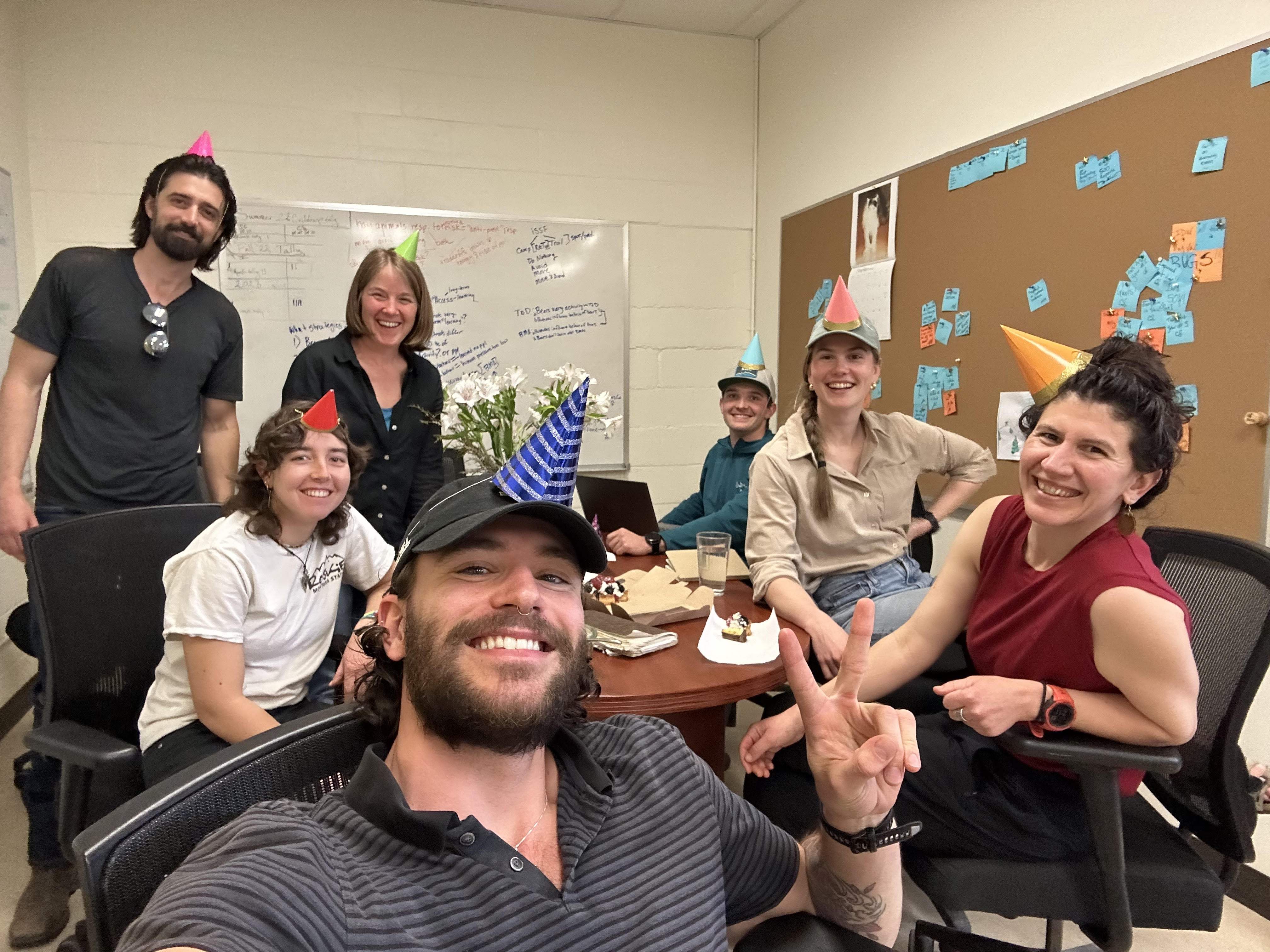
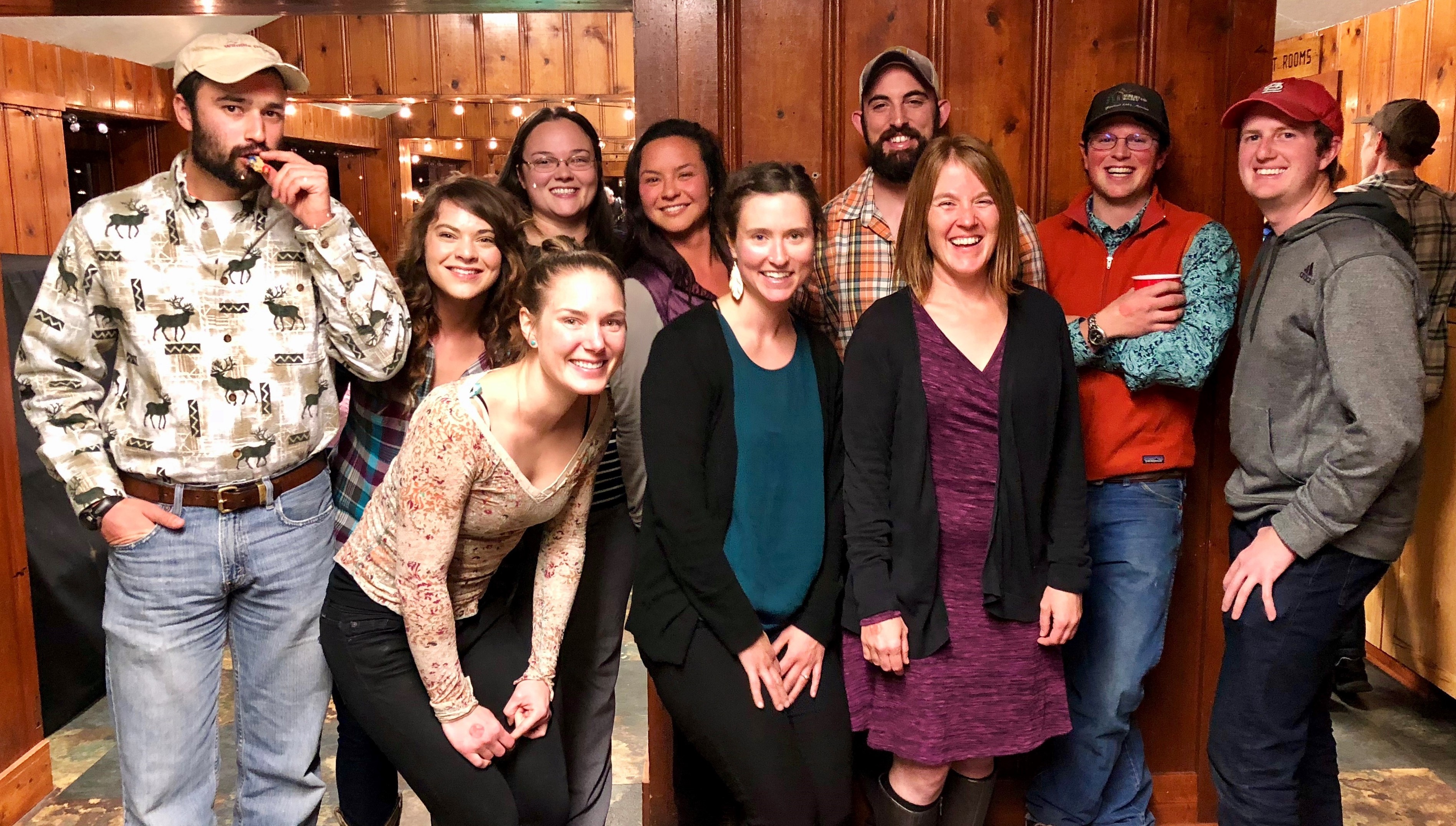
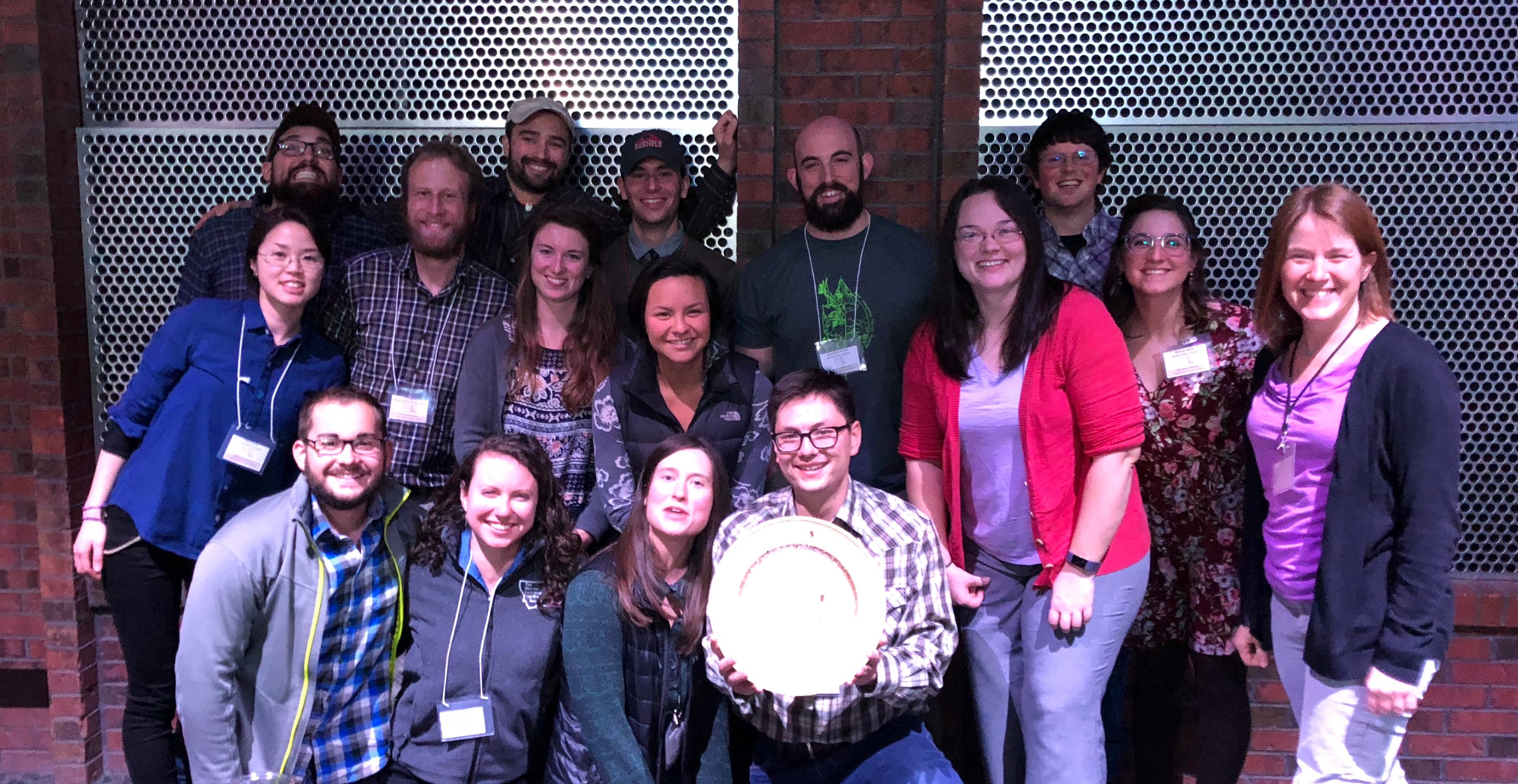
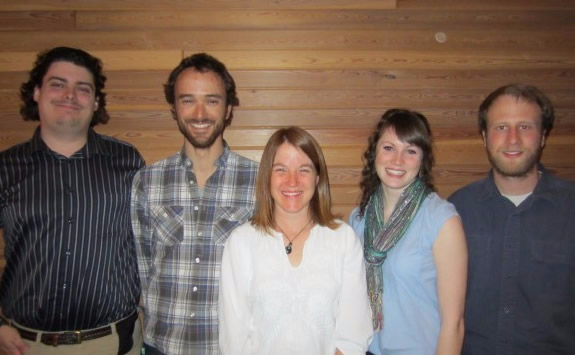
Current Graduate Students
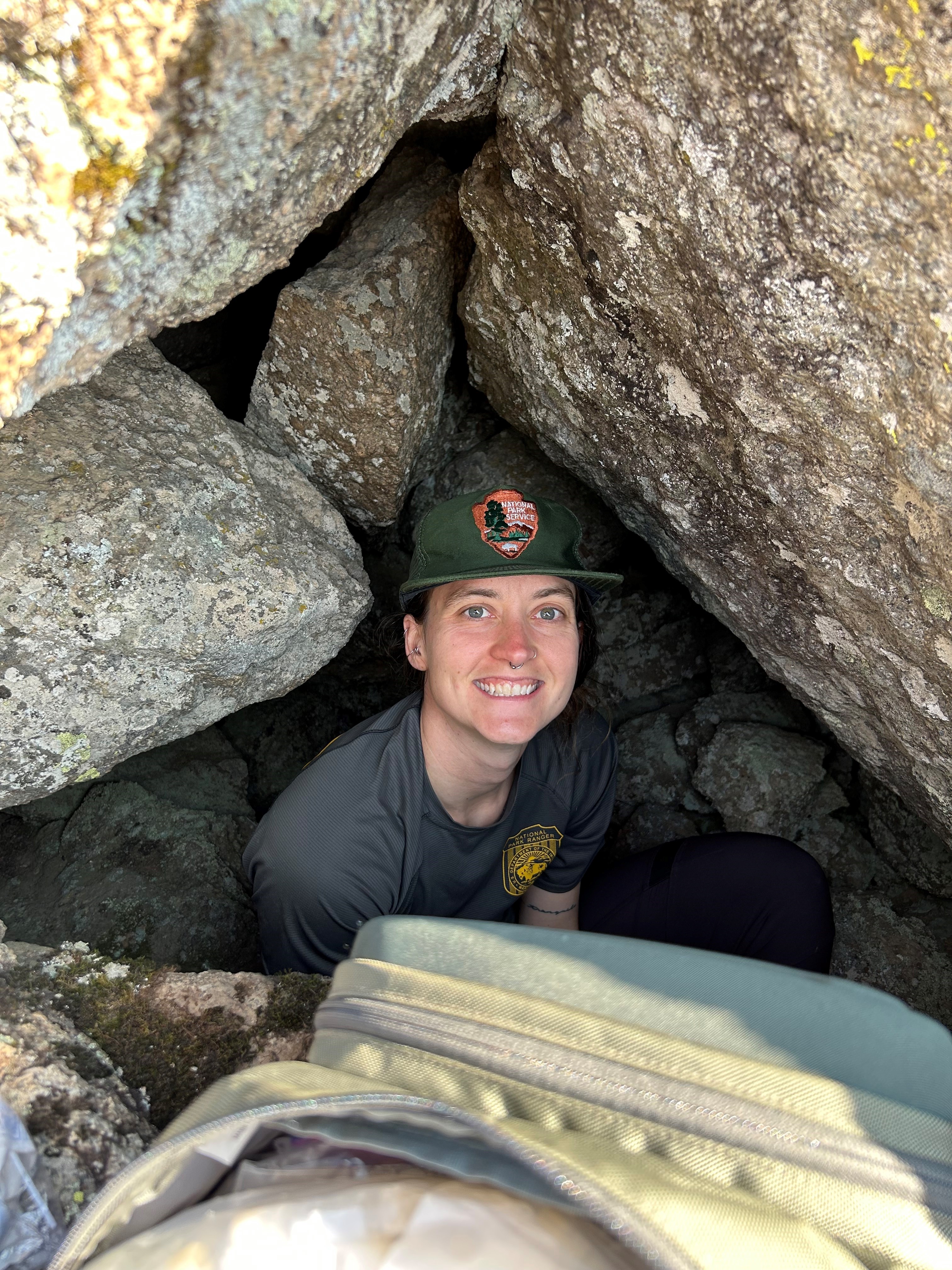
Cara Brewer
Cara joined the lab in January 2025 to pursue her PhD. She will build on our previous research on the endangered northern long-eared myotis in northeastern Montana, to learn more about the status of the species in the state.
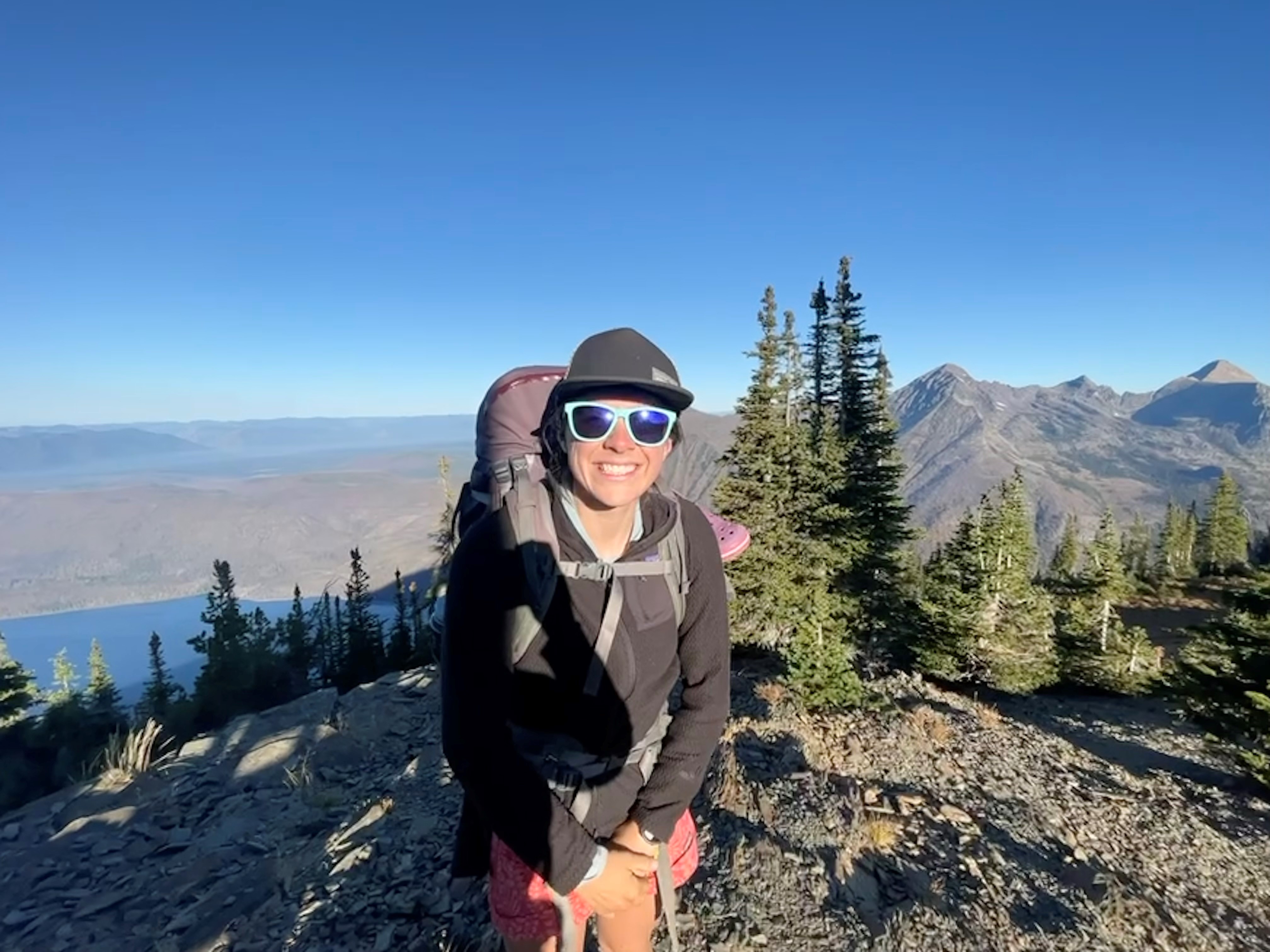
Gabby (Eaton) Cantrell
Gabby joined the lab in January 2025 to earn her MS degree. Her research focuses on bats in Glacier National Park - exploring how different designs of bat boxes influence temperatures that bat experience and their willingness to use these places as day or maternity roosts.
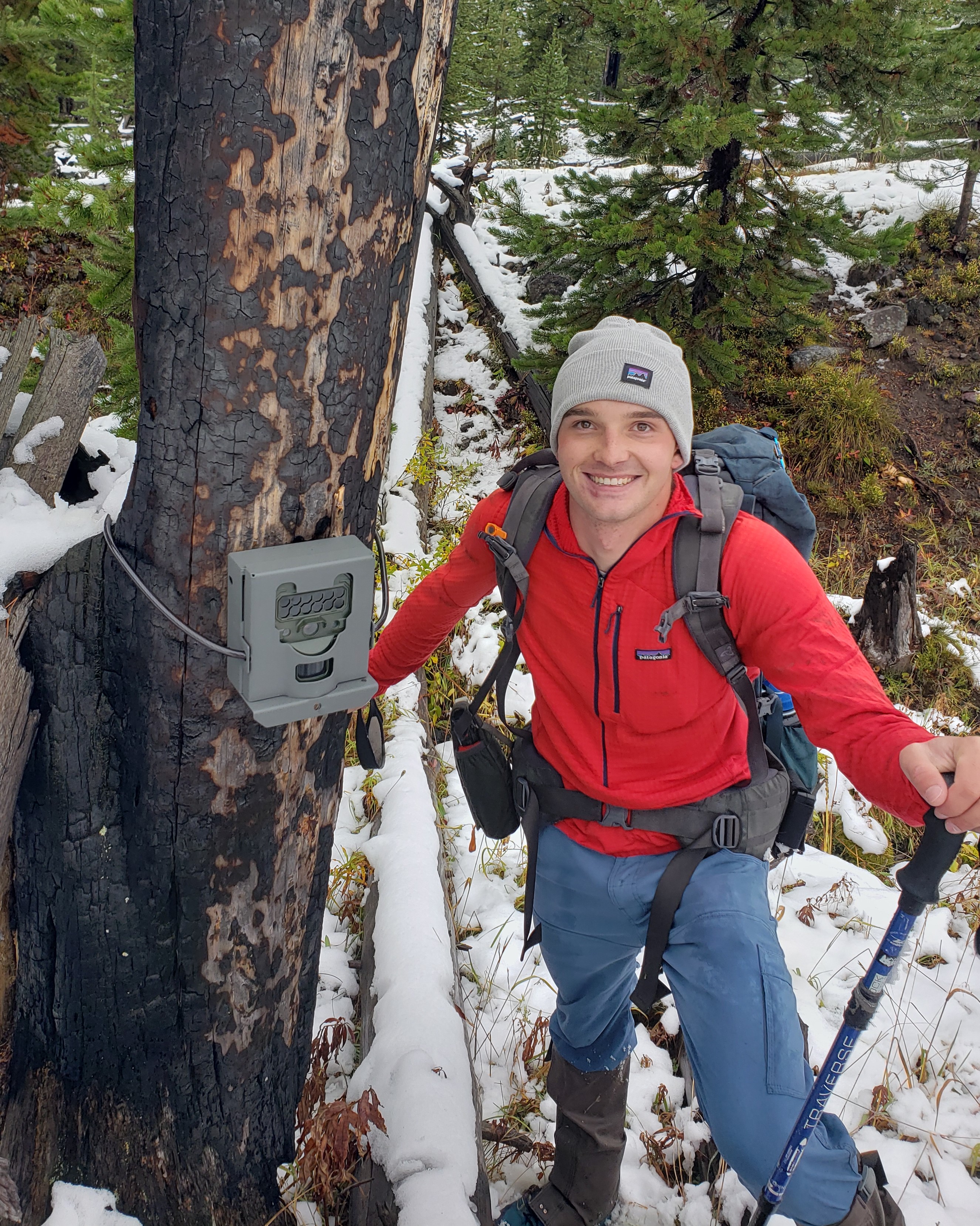
Oscar Dalling
Oscar joined the lab in spring 2024, to pursue his MS degree focused on estimating abundance of grizzly bears in Yellowstone National Park. His project is a partnership between NPS, USGS, and Yellowstone Forever.
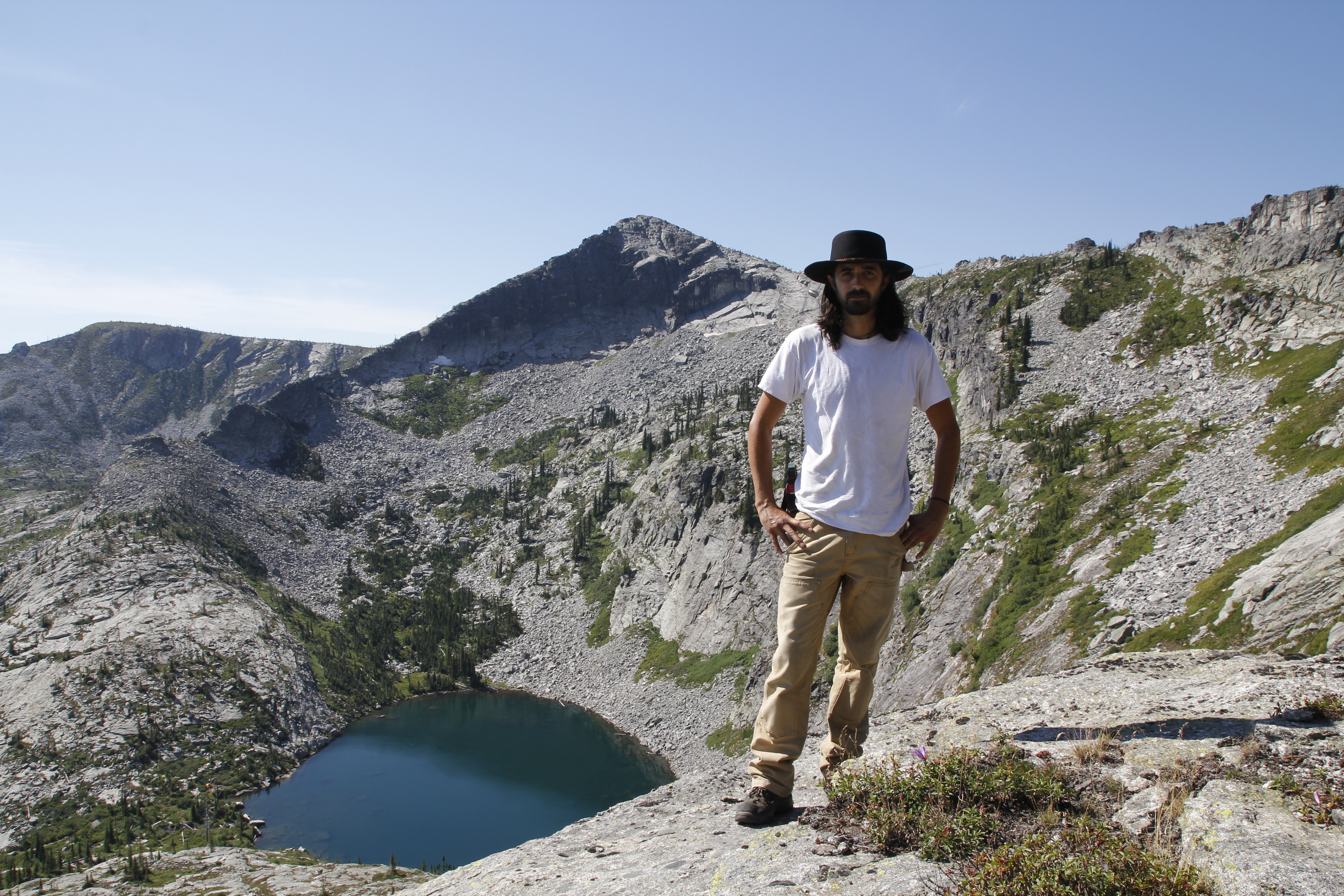
Nolan Helmstetter
Nolan is pursuing his PhD and joined the lab in fall 2023. His research will inform monitoring and management of marten in Montana - Pacific and American marten, as well as potential hybrids. We are partnering with Montana Fish, Wildlife and Parks for this work.
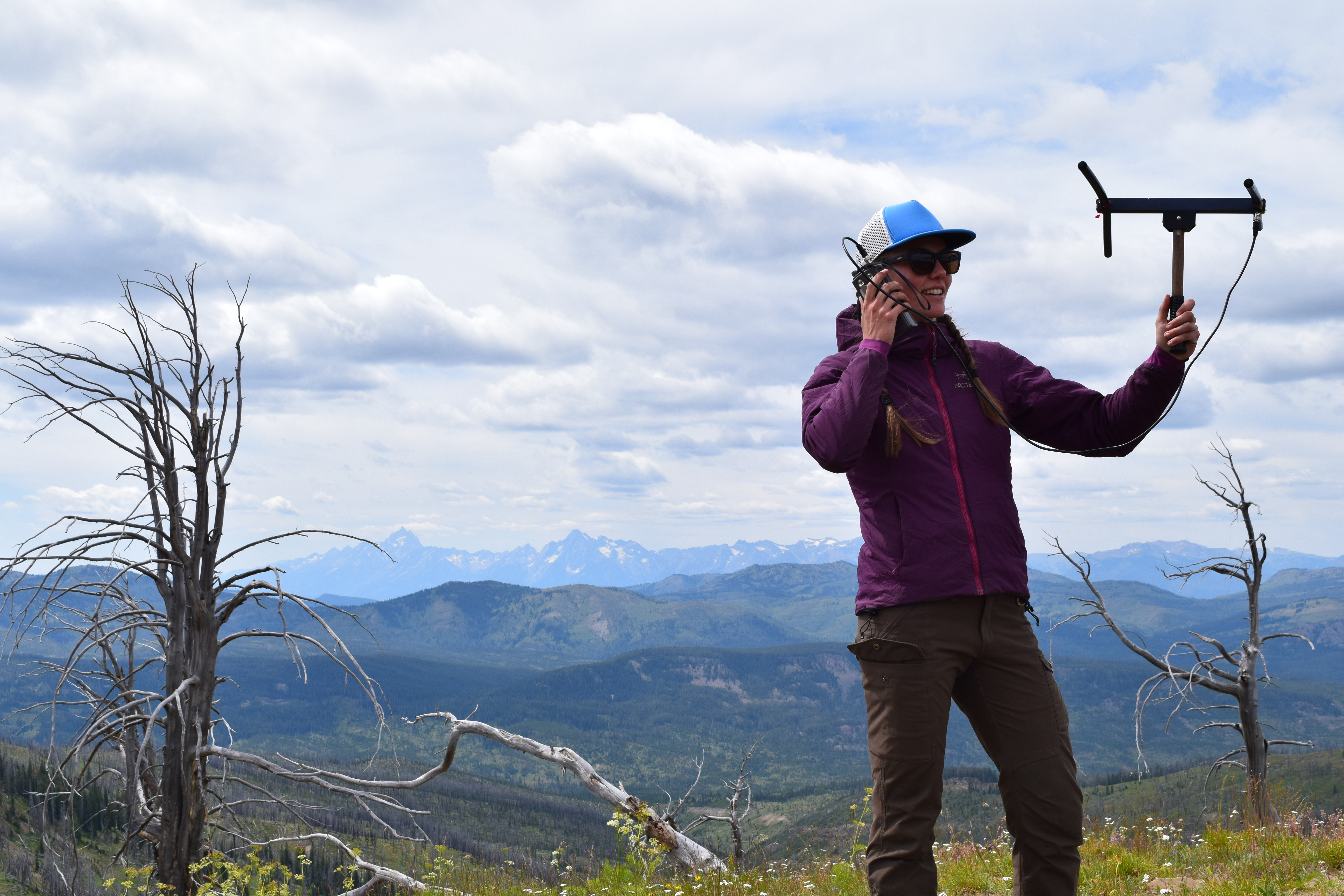
Elise Loggers
Elise is pursuing a PhD and her dissertation will build on her previous work with grizzly bears in Yellowstone National Park. This project is a partnership between NPS, USGS, and Yellowstone Forever.
Current Undergraduate Students
none at this time
Previous Post-Docs, Graduate Students
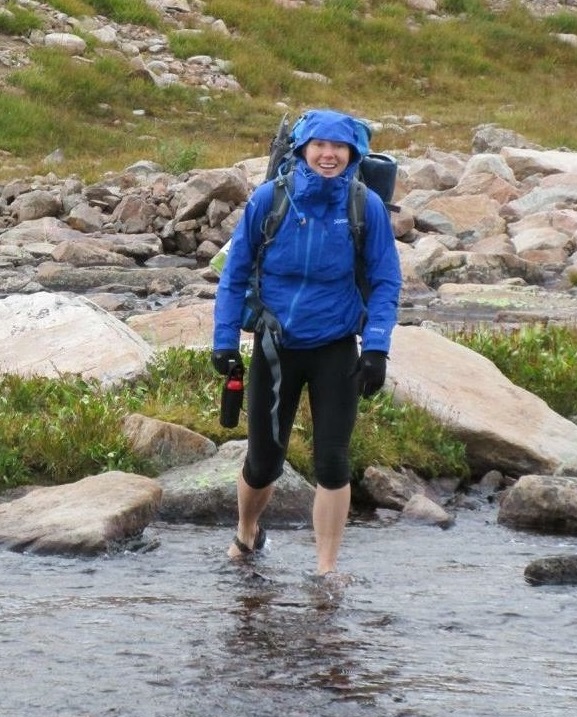
Katie Banner
Dr. Banner joined the group in January 2017 as an ecological statistician. Katie focused on improving statistical inferences based on acoustic survey data to inform monitoring and conservation of North American bats,in collaboration with Dr. Kathi Irvine (USGS) and other researchers from the National Park Service.
Since fall 2018, Katie has been working as a professor in the Department of Mathematical Sciences at MSU.
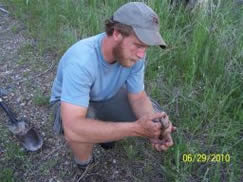
Dan Bachen
Dan focused on understanding the mechanisms that alter abundance of small mammals in ecosystems dominated by nonnative plants. We partnered with MT Fish, Wildlife, and Parks to complete this work.
Dan defended his thesis in May 2014. He currently is the Senior Zoologist for the MT Natural Heritage Program.

Brian Bielfelt
Brian investigated the effects of tanglehead on the bird community in grasslands. This is an interesting question because tanglehead is native to the United States, but in recent years it has begun to behave like an invasive species in parts of south Texas, increasing in distribution and dominance.
Brian defended his thesis in November 2012, worked for Southern California Edison, and currently works for AECOM.
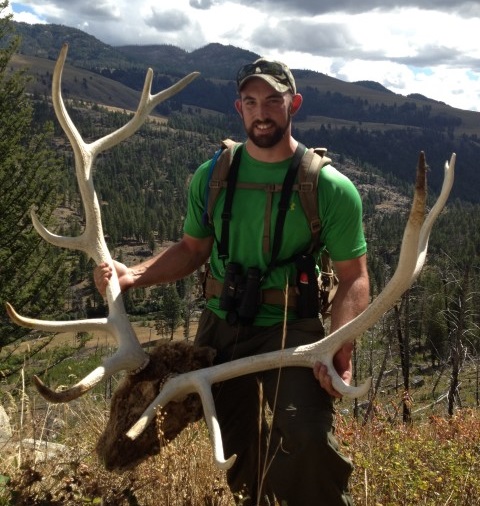
Nate Bowersock
Nate joined us in fall 2016 to understand habitat use and estimate the population size of black bears in the Northern Range of Yellowstone. His graduate program was funded by Yellowstone Forever. Nate also was part of a study that used camera collars to learn about bears. Check out the amazing footage from these collars included this interactive coverage by National Geographic.
Nate defended his thesis in March 2020. After graduation, he worked with researchers at University of Wyoming on several projects. He is now a Black Bear and Furbearer Biologist with the Missouri Department of Conservation.
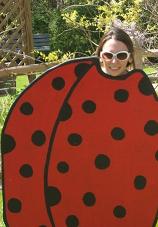
Erin Cord
Erin's research focused on understanding how insect communities in areas dominated by native grasses differ from areas dominated by invasive grasses. She examined potential changes due to dominance by Kleberg bluestem, a nonnative invasive grass, and tanglehead, a native invasive grass.
Erin defended her thesis in June 2011, ran the Wildlife Austin program, and was a Natural Resource Biologist in TX. She is now the Bat Walk Network Coordinator for Bat Conservation International.
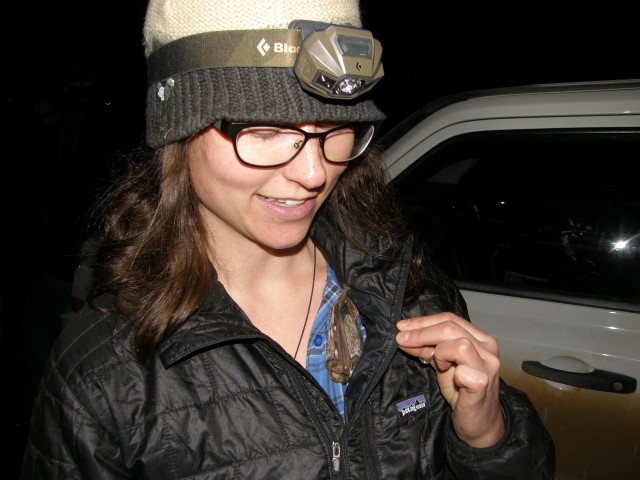
Shannon Hilty
Shannon joined the group in summer 2016 and focused examining roost use and foraging by bats in forests with disturbance from beetle kill. This work was a collaborationwith Montana Fish, Wildlife, and Parks (MFWP), US Forest Service, and the Bureau of Land Management, who contributed funding to the project.
Shannon defended her thesis in March 2020, worked as a wildlife biologist with Westech Environmental in Helena, MT, a nongame biologist for MFWP in Great Falls, and is now the statewide bat biologist for MFWP.
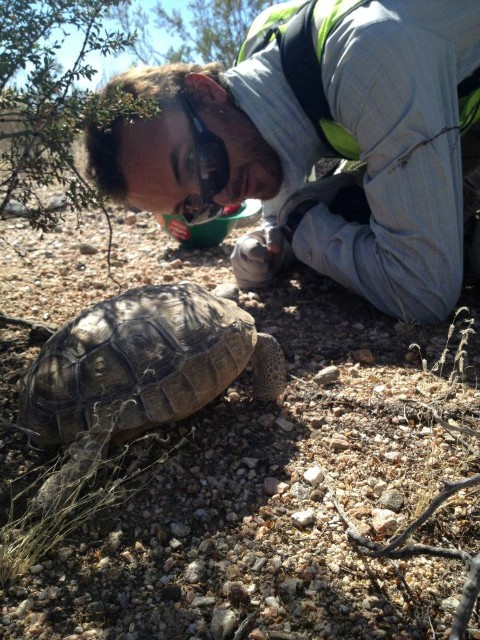
Ross Hinderer
Ross focused on understanding how Chiricahua leopard frogs use desert landscapes. We wanted to understand the movement of these threatened frogs, to try to inform restoration and management. Turner Endangered Species Fund (TESF) provided funding for Ross' his work. You can read more about TESF's work on Chiricahua leopard frogs on their website.
Ross defended his thesis in June 2015, completed a PhD at the University of Montana, and is now working as a post-doctoral researcher.
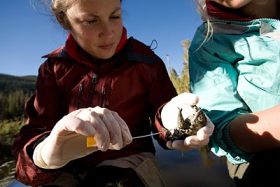
Erin Kenison
Erin investigated whether we could add habitat complexity to montane lakes to provide refugia for long-toed salamanders from populations of stocked fish. Her work was supported in part by MT Fish, Wildlife, and Parks.
Erin defended her thesis in April 2014. In March 2018, she defended her dissertation on hellbenders at Purdue. She is now the Hydro Branch Chief with USFWS in Boise, ID.
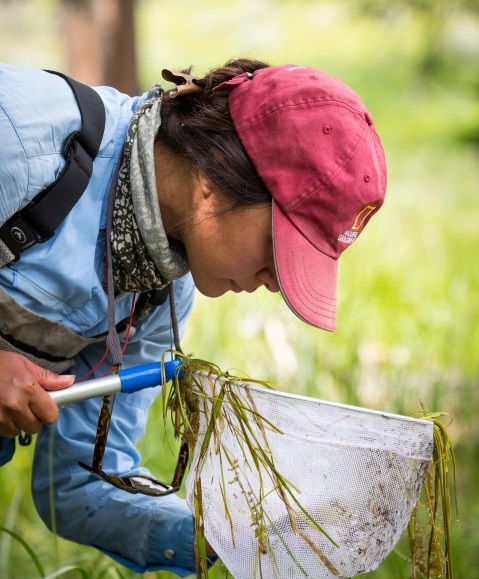
Mary Levandowski
Mary joined the lab in fall 2016. She worked closely with Dr. Andy Ray and Kristin Legg as part of the Greater Yellowstone Network (National Park Service) and continued in this position throughout much of her graduate degree. Her research focused on understanding dynamics of the species using wetlands. Mary defended her thesis in January 2022 and has since been working for a consulting firm.

Elise Loggers
Elise joined the lab in fall 2019 and completed her Master's in Jan 2022. Her work focuses on understanding resource selection by grizzly bears in Yellowstone and Grand Teton National Parks. This project is a partnership between NPS, USGS, and Yellowstone Forever, with additional funding from the Meg and Burt Raynes Wildlife Fund, Sarah Baker Memorial Fund, and two Sitka Ecosystem Grants.
She is now a PhD student in the lab, building on her previous work.
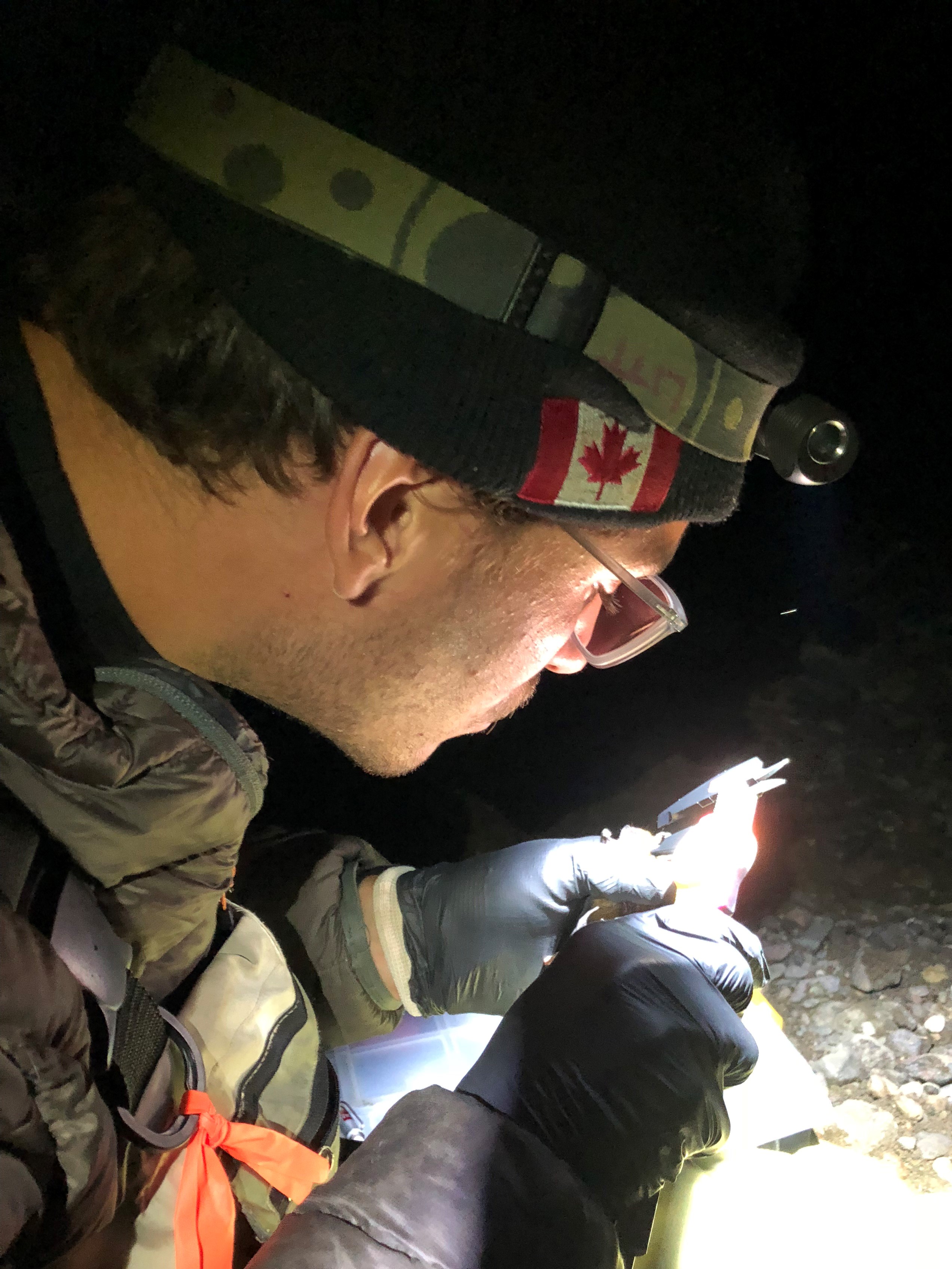
Jacob Melhuish
Jacob rejoined the lab group in Jan 2022 to pursue his MS degree. He investigated roost site selection in an endangered bat, the northern long-eared myotis, in collaboration with Montana Fish, Wildlife and Parks and the Bureau of Land Management. The project was funded by the Bureau of Land Management, Montana Fish, Wildlife and Parks, and the Montana Chapter of The Wildlife Society, with additional support from a Bob Berry Holohil award. Jacob defended his thesis in summer 2024 and is now exploring various interests.
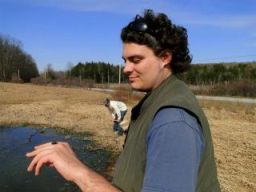
Adam Mitchell
Adam investigated the effectiveness of various soil modification treatments as tools to restore grasslands invaded by Old World bluestem grasses in Texas. He examined plant and arthropod communities to assess treatment effects. Adam was supported by a Welder Wildlife Foundation Fellowship, as well as funding from the Texas Parks and Wildlife Department.
Adam defended his thesis in June 2014 and his dissertation at the University of Delaware in December 2018. He is now an assistant professor at Tarleton State University.
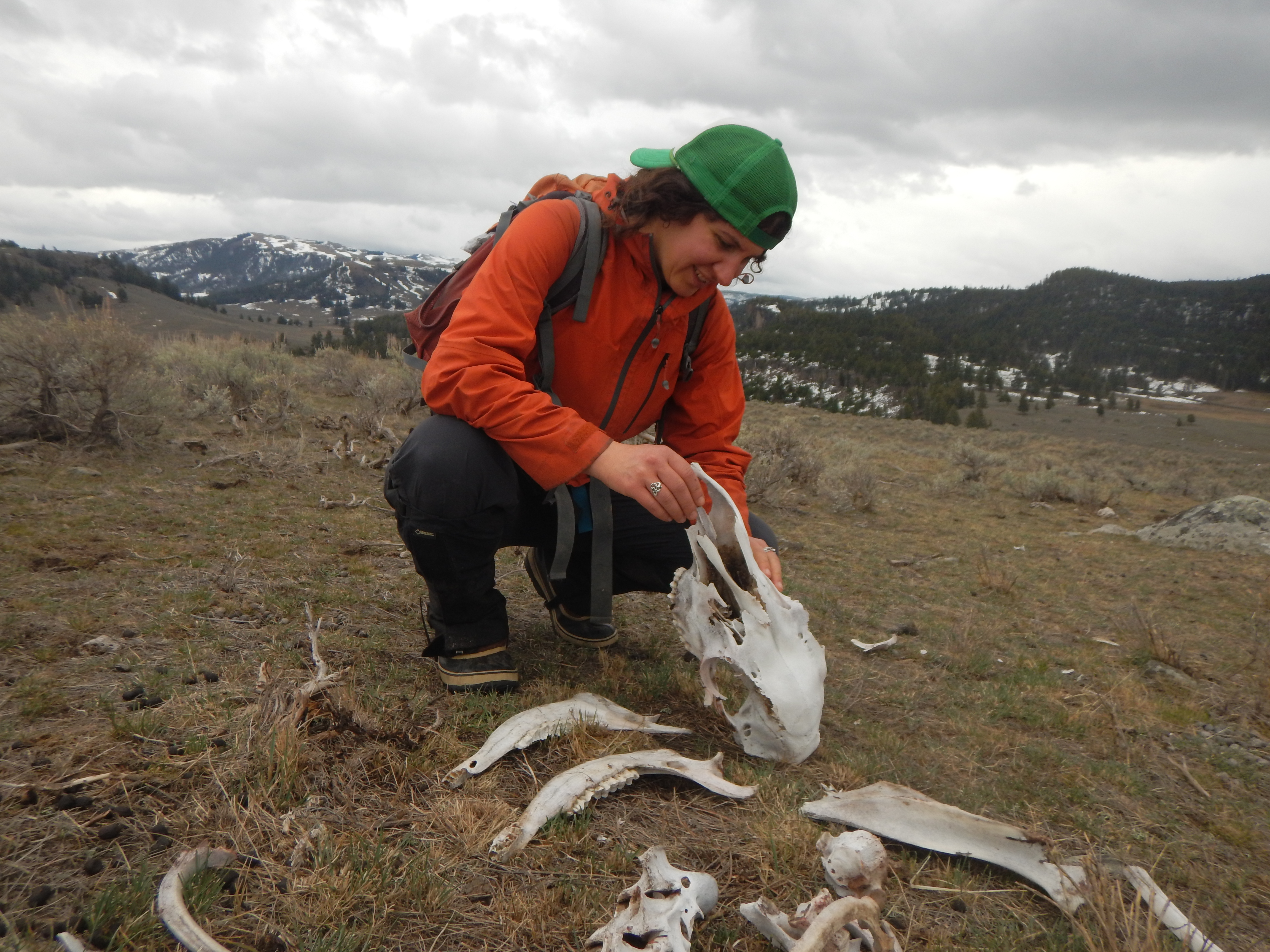
Carly Segal
Carly joined the lab in fall 2021 and defended her thesis in summer 2024. Her research focused on understanding mechanisms that drive diversity of arthropods in Yellowstone National Park, testing several hypotheses for community assembly. The project was supported by funds from the National Park Service, Sitka, the Meg and Burt Raynes Wildlife Fund, and the Montana Chapter of The Wildlife Society; we also partnered with Washington and Lee University. Carly is now pursuing a PhD at MSU with Israel Borokini.

Thomas Sutton
Thomas began his graduate program in spring 2019. He examined the efficacy of restoration treatments aimed to retain and spread water/snow melt to create mesic meadows; he focused on plants and arthropods. The project is a collaboration with US FWS (Kyle Cutting) and The Nature Conservancy (Jim Berkey and Sean Claffey), with additional funding from the Western Sustainable Agriculture and Education Program.
Thomas defended his thesis in spring 2022 and is now working as a wildlife biologist for Montana Fish, Wildlife and Parks.
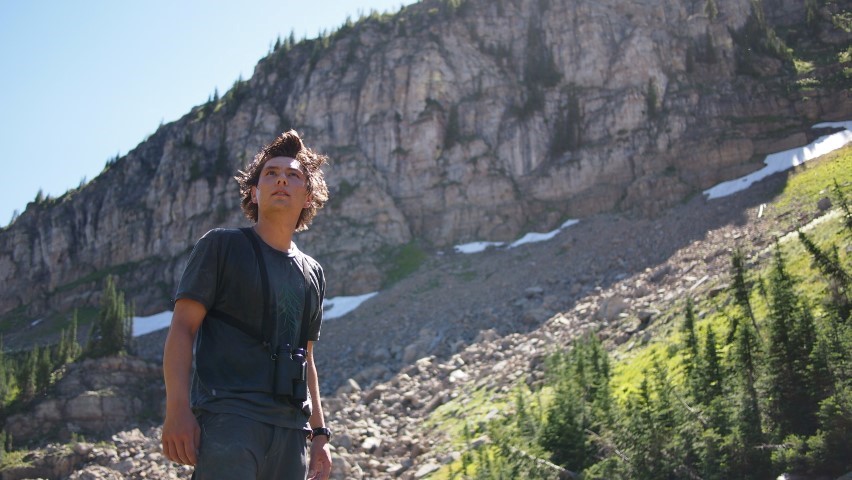
Ben Turnock
Ben joined the lab in summer 2014 and examined habitat relationships of hoary marmots. We collaborated with MT Fish, Wildlife, and Parks, who also funded the project. You can learn more about his work inthis video from Montana Fish Wildlife and Parks.
Ben defended his thesis in September 2016 and then worked with Weddell seals in Antarctica and elk in Montana. He is now an assistant district biologist for the Washington Department of Fish and Wildilfe.
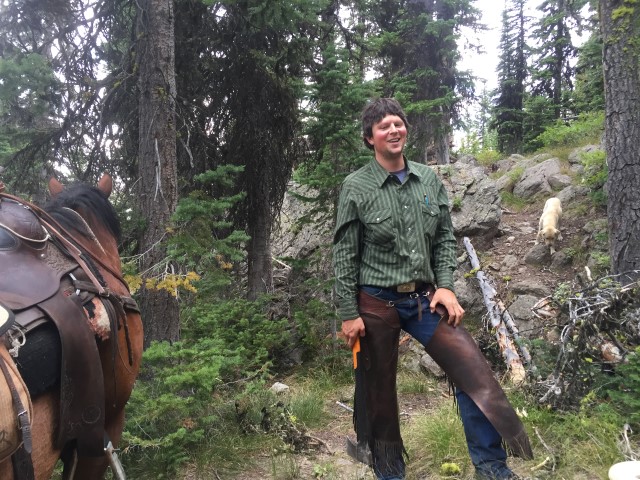
James joined the lab in January 2017. His work focused on understanding the influence of wintering habitat on spring body condition, nest success, and brood survival of sage grouse, in collaboration with Kyle Cutting at Red Rock Lakes NWR (USFWS) and Bok Sowell at MSU.
James is currently working for The Nature Conservancy as the High Divide Headwaters Land Steward and Science Manager.
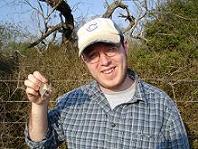
Mark Witecha
Mark focused on examining the effects of high-intensity wildfire on small mammal communities at the Chaparral Wildlife Management Area (WMA) in southern Texas. A large wildfire burned much of the WMA in March 2008 and Mark quantified post-fire recovery.
After graduation, Mark worked for Pheasants Forever in Kansas and is currently the Upland Wildlife Ecologist and Farm Bill Specialist for the Wisconsin Department of Natural Resources.

Wilson Wright
Wilson used acoustic calls collected in several states to characterize distribution/activity of bat species thought to be susceptible to white-nose syndrome. He also developed a monitoring plan that would be able to detect potential changes in Montana. His work was in collaboration with Drs. Kathi Irvine (USGS) and Emily Almberg (MFWP) and has been funded by USGS and Montana Fish, Wildlife and Parks.
Wilson recently completed his PhD in Statistics at Colorado State University and is now an Assistant Professor at the University of Missouri.
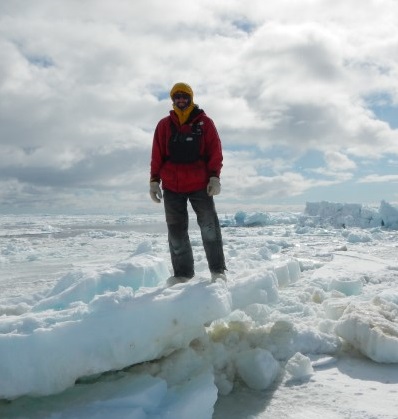
Michael Yarnall
Michael joined the lab in fall 2015, focused on demography of Merriam's turkeys in the northern Black Hills of South Dakota. Information from Michael's project has informed management and harvest regulations of this species. We collaborated with Dr. Chad Lehman from SD Game, Fish, and Parks, the agency funding the project.
Michael defended his thesis in November 2018. After graduating, he worked with biologists from USGS and is now a wildlife biologist for Montana Fish, Wildlife and Parks.
Past Undergraduate Students
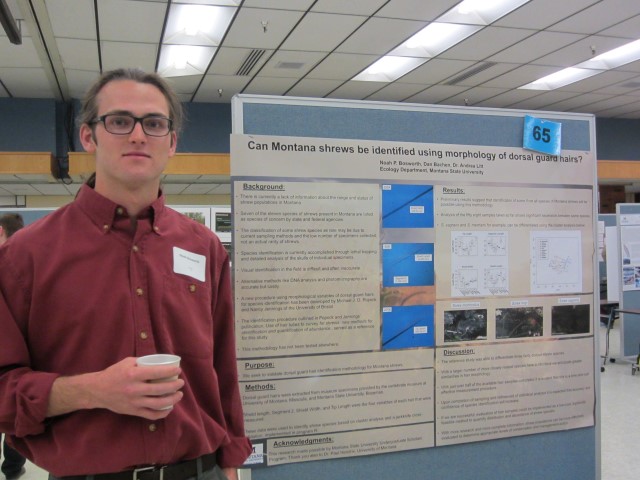
Noah Bosworth
Noah worked with Dan Bachen to develop a key to Montana shrews based on characteristics of dorsal hairs. Similar tools have been developed in the UK. Noah was able to distinguish some of the shrew species in Montana based on hair morphology. Based in this information, hair snares could be used as a low-cost method to sample the distribution of some species of shrews in Montana.
His work was supported by a research grant from the Undergraduate Scholars Program at MSU.
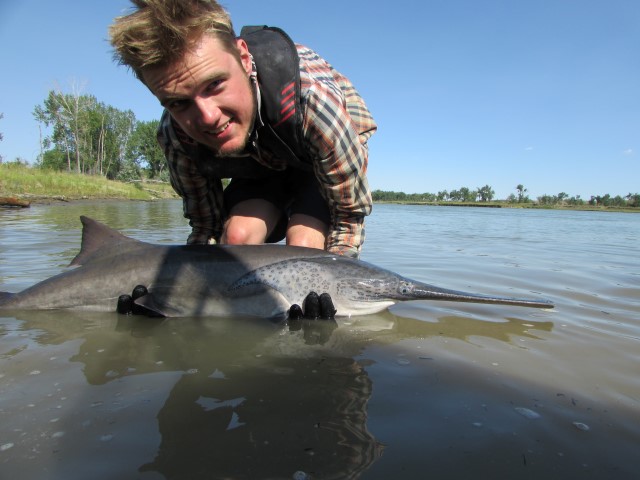
Niall Clancy
Niall worked on an independent study with me and Dr. Wyatt Cross understanding the role of amphibians in ecosystems.
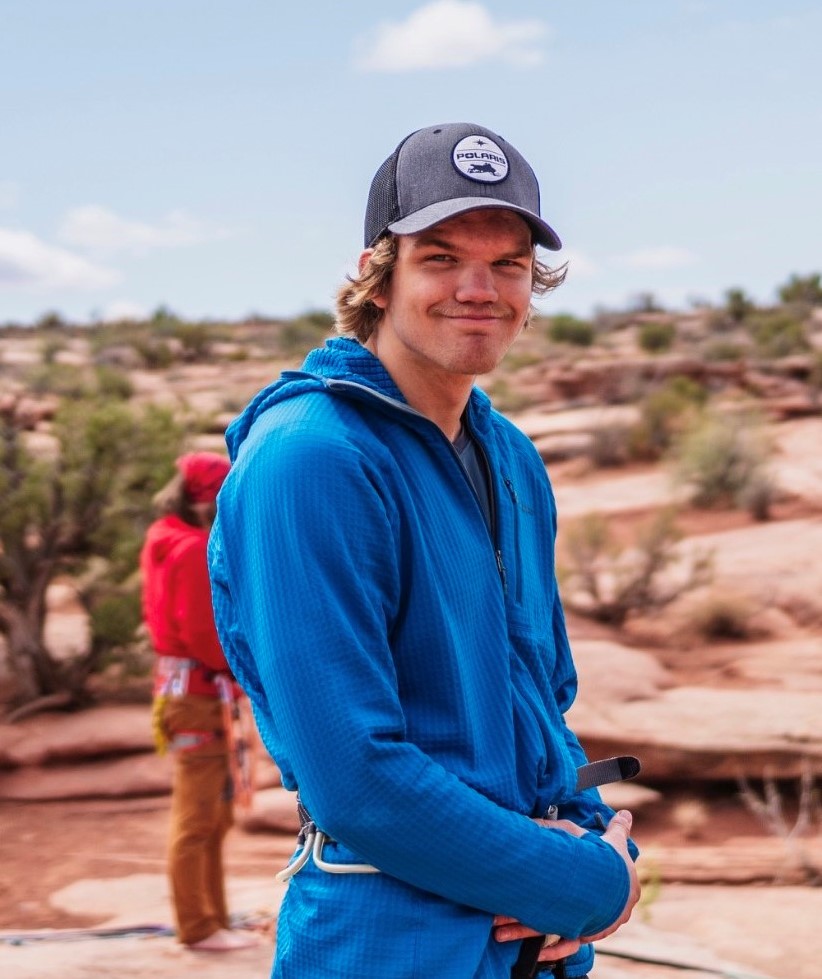
Jackson Connors
Jackson explored the relationship between remotely sensed NDVI and soil moisture in Yellowstone National Park. His work was supported by funds from the Undergraduate Scholars Program at MSU. Jackson graduated in May 2023.
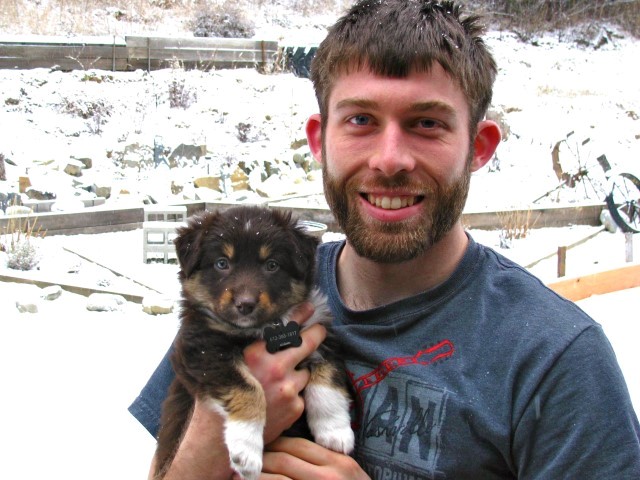
Bryan Cossairt
Bryan worked on a collaborative project with the National Park Service and US Geological Service to better understand the factors affecting vulnerability of freshwater wetlands and associated species in the Greater Yellowstone Area.
Bryan's work was funded through the Montana Institute on Ecosystems.
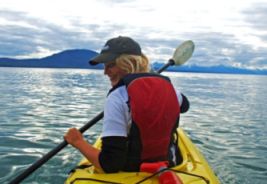
Jayme Feyhl-Buska
Jayme built a database of previous research regarding herbivory and climate change and the effects on plant and animal communities, mainly focused on the High Plains region of Montana. Jayme's work was funded through the Montana Institute on Ecosystems.
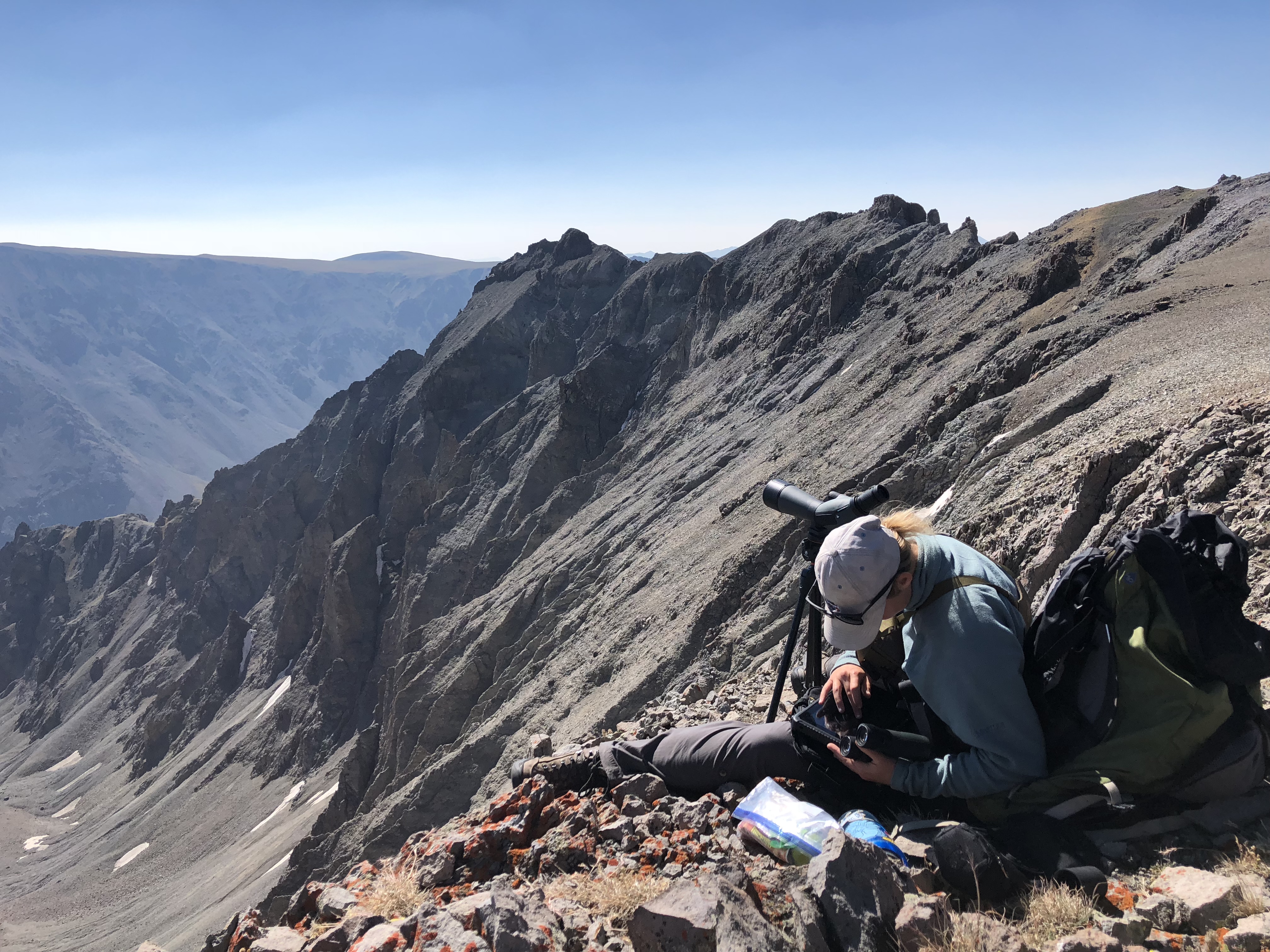
Emma Grusing
Emma joined the group in January 2019 and helped Shannon Hilty to process acoustic recordings of bats.
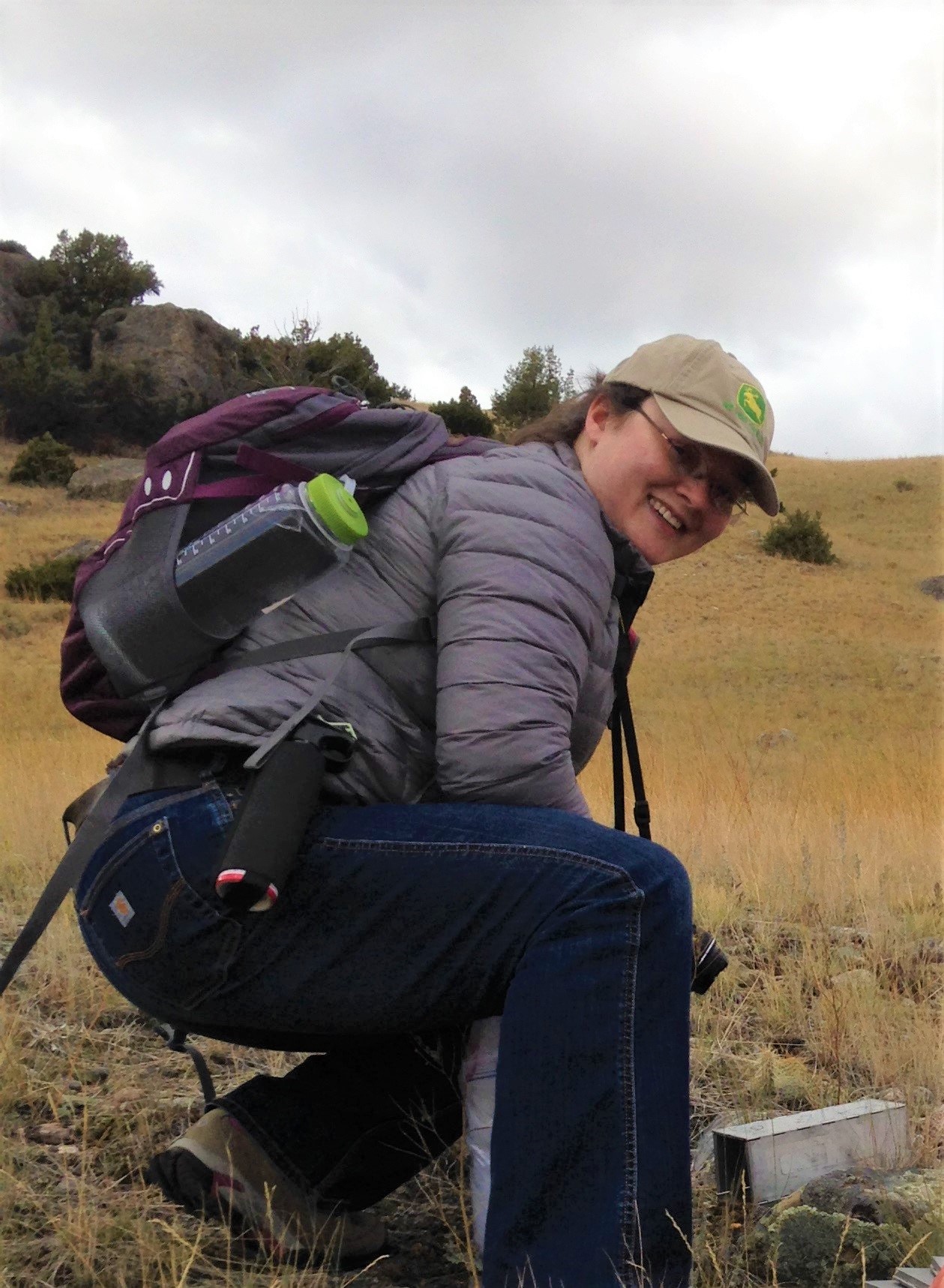
Megan Heinemann
During summer 2017, Megan began an independent research project to better understand predation rates of fish by whitepelicans.We collaborated with Mike Lance (MSU graduate student) and other researchers and biologists and her workwas supported in part by a research grant from the Undergraduate Scholars Program at MSU. Megan graduated in December 2017!
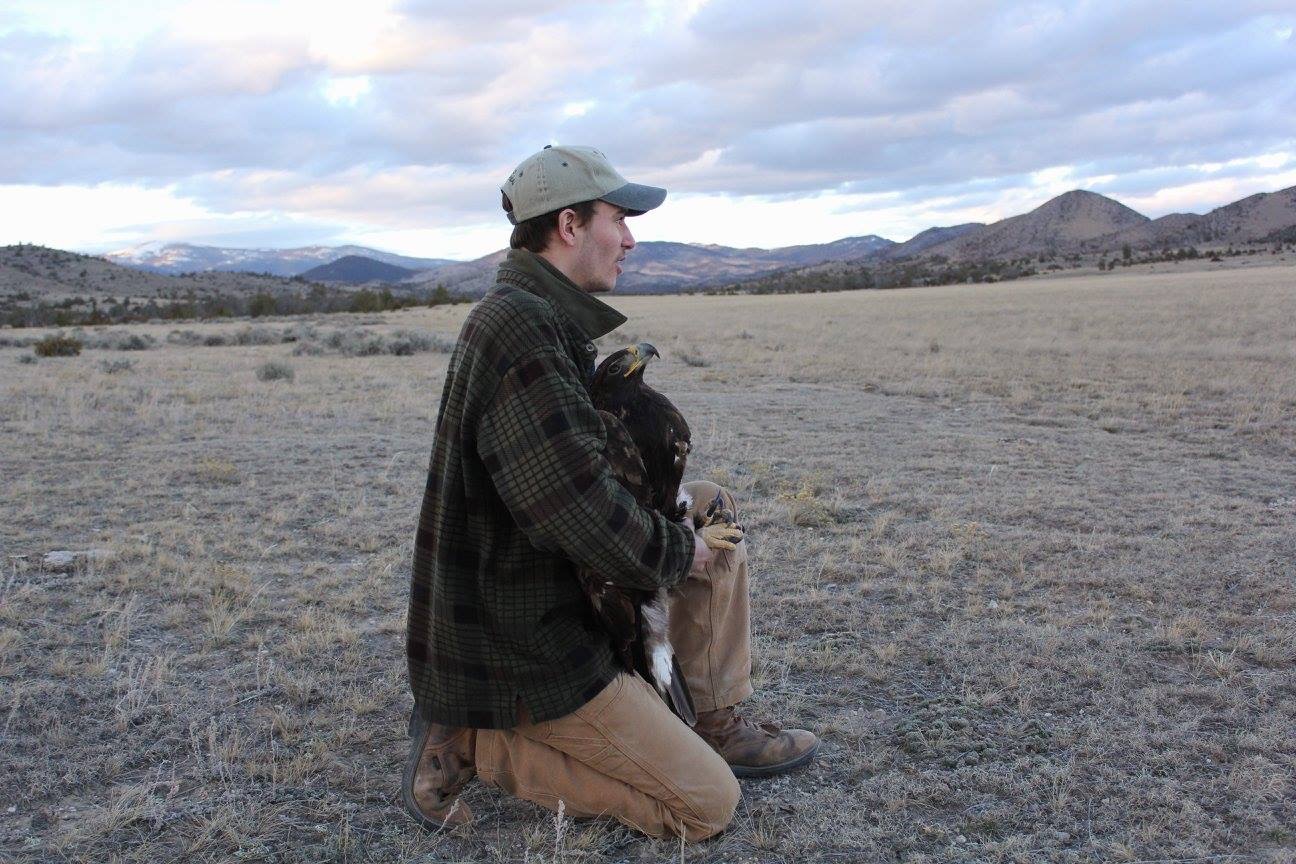
Jacob Melhuish
Jacob began his independent research project during summer 2017, working with Michael Yarnall to understand differences in nest site selection between adult and juvenile wild turkeys in the northern Black Hills, SD. His work was supported by a research grant from the Undergraduate Scholars Program at MSU. He also helped Shannon Hilty with her work on bats during summer 2018. Jacob graduated in May 2019 and later returned to the lab to complete his Master's degree.
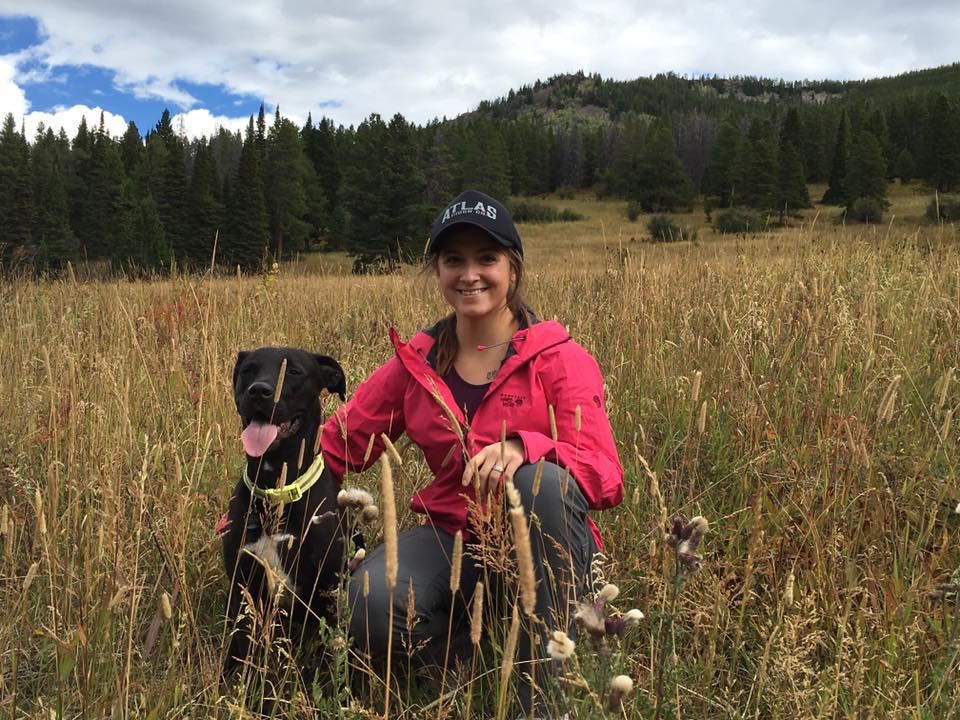
Monique Metza
Monique joined the group during summer 2018, teaming up with Shannon Hilty to better understand how forest disturbance caused by mountain pine beetle is affecting activity of bats. Her work was supported by funds from the Undergraduate Scholars Program.
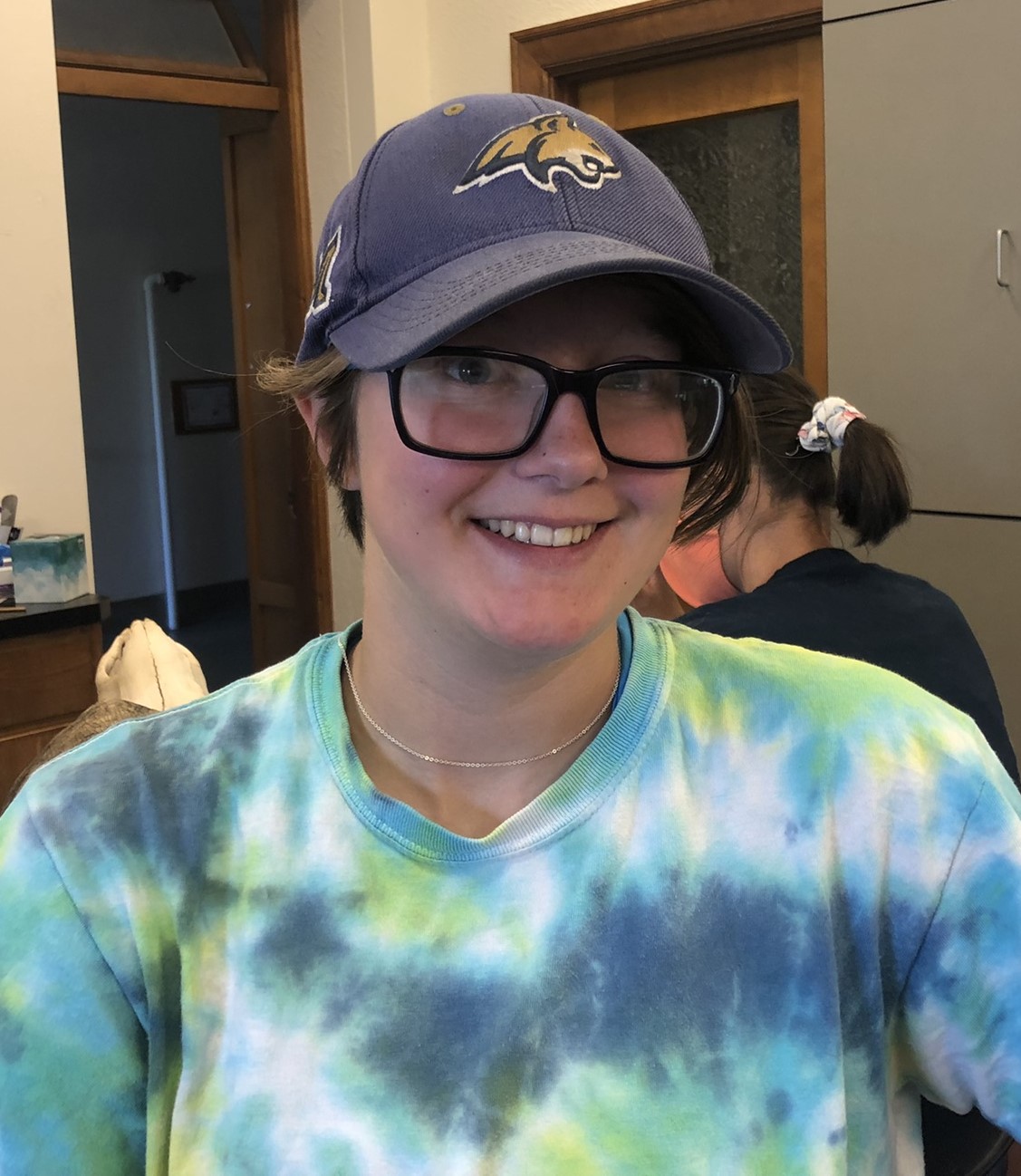
Morgan Monroe
Morgan worked with Carly Segal to develop a photo guide for some of the insects in Yellowstone National Park. Morgan graduated in May 2023.
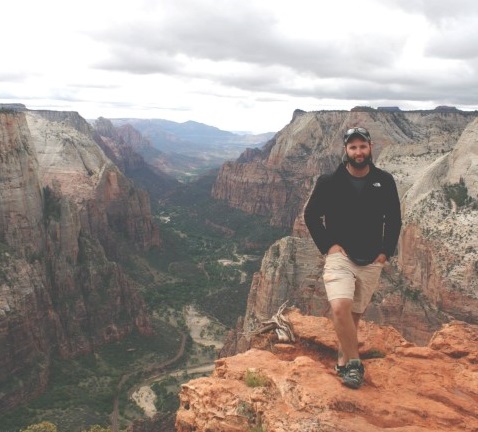
Colter Mumford
Colter helped us with a research project examining strategies to improve brooding habitat for sage grouse, where we're focused on understanding changes in the arthropod community. He graduated in December 2016.
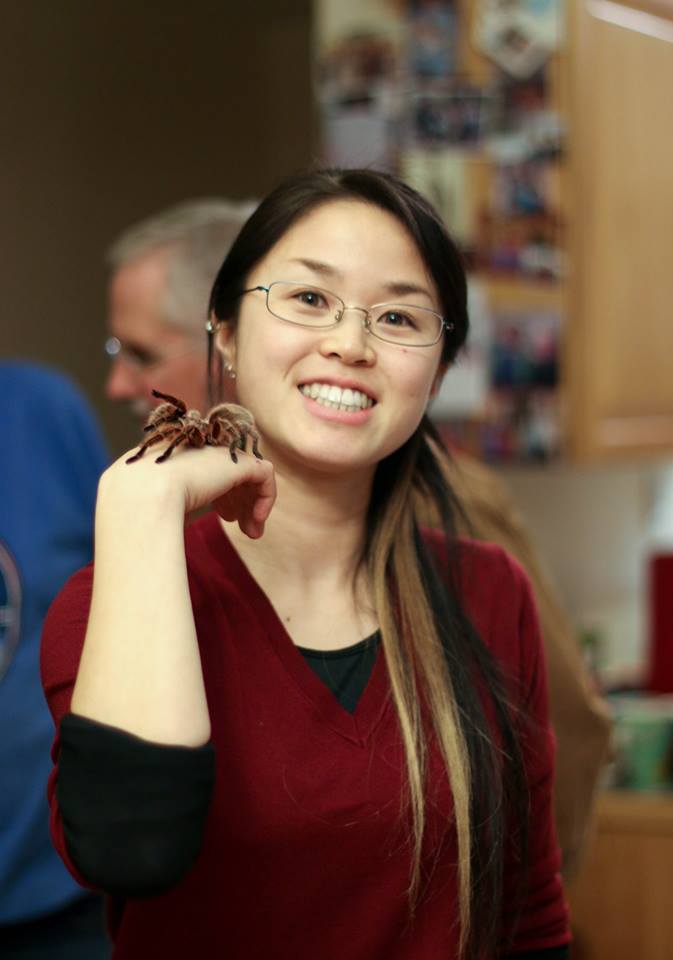
Hitomi Okada
Hitomi joined us in January 2018 and focused on characterizing the trees that bears use for rubbing. She built on this work during summer 2018, collecting data on random trees, to make inferences about what features bears prefer when they select a tree for rubbing. For Nate Bowersock's work, we collect hair samples from these trees to estimate population size. Therefore, better understanding which trees bears use could help us to be more efficient in searching for trees and collecting hair samples.
Hitomi's work in spring and summer 2018 was supported by funds from the Undergraduate Scholars Program. She graduated from MSU in December 2018.
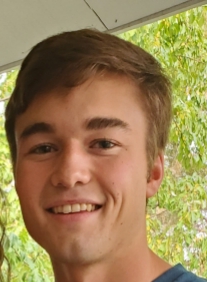
Ethan Palen
Ethan explored potential changes in selected families of beetles in response to the addition of low-tech structures intended to restore areas formerly characterized as mesic meadows. He worked closely with Thomas Sutton. His research was supported by a grant from the Undergraduate Scholars Program at MSU.
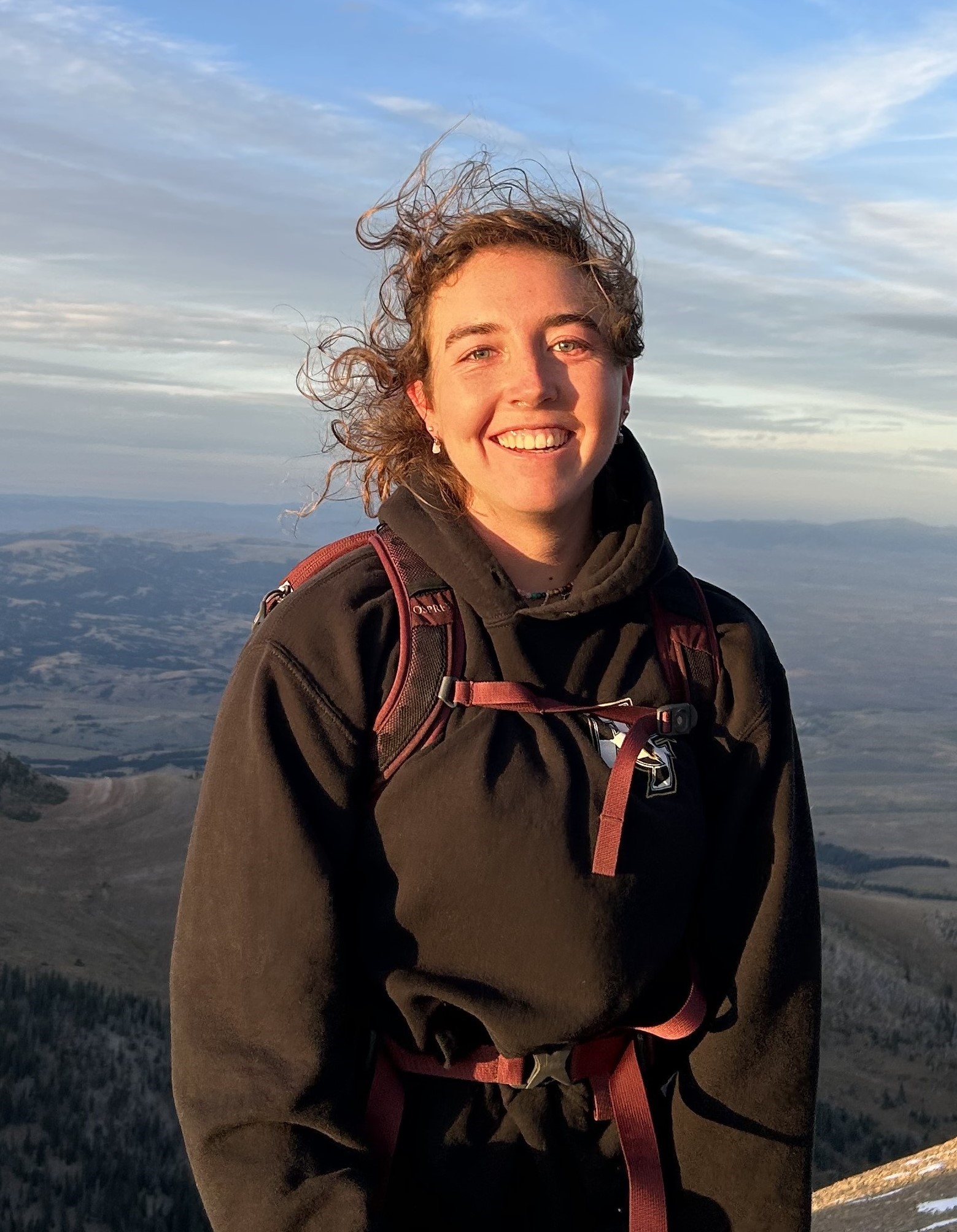
Riley Parker
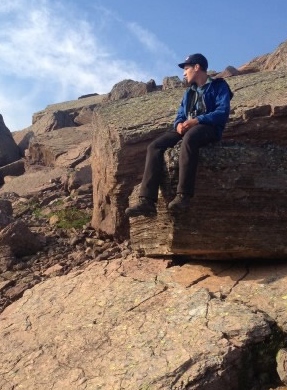
Adam Starecheski
Adam joined the lab after working as a summer field assistant on Ben Turnock's marmot project. Adam worked on an independent research project focused on better understanding the relationship between water sources and occupancy by hoary marmots. He completed this work and graduated in December 2015.
Adam's work was funded by the Undergraduate Scholars Program at MSU.
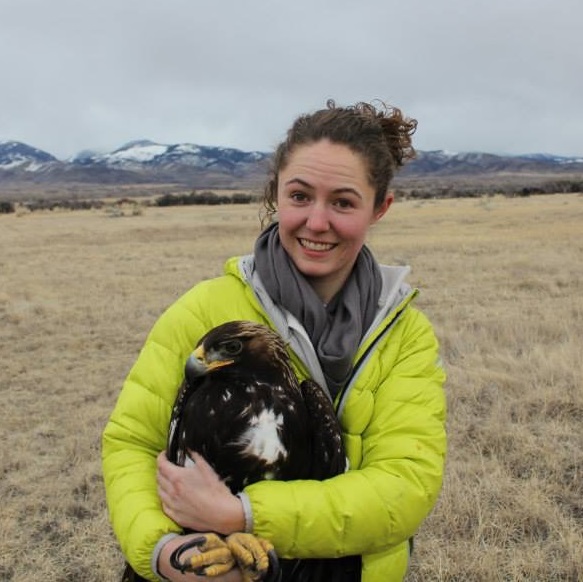
Cheyenne Stirling
Cheyenne worked in Glacier National Park, in collaboration with Wildlife Biologist Lisa Bate. Cheyenne surveyed for bats in human structures in the park, to assess the potential for these areas to be used as roost sites. Information from her work will inform park biologists about areas that are high priority for restoration and protection.
Cheyenne was awarded a Jerry O’Neal National Park Service Student Fellowship to support this work. MSU wrote an article about Cheyenne's work and the Fellowship. Cheyenne graduated in December 2015.
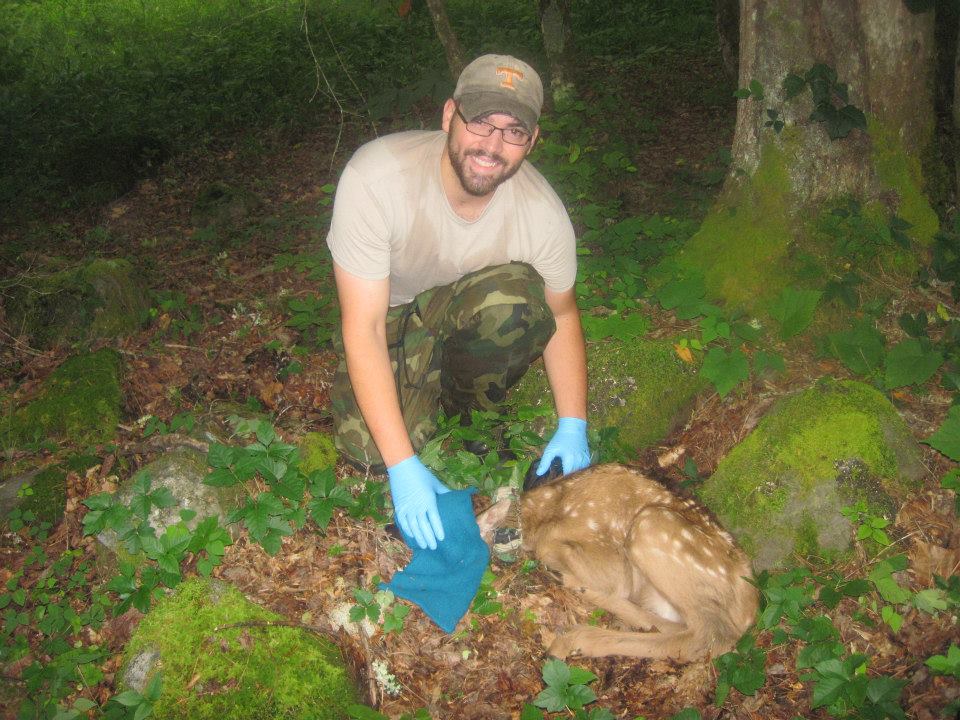
Thomas Sutton
Thomas worked on an independent research project during summer 2016 to understand habitat characteristics important for nest success in Merriam's turkeys in the northern Black Hills, SD, in collaboration with Michael Yarnall. His work was supported by a research grant from the Undergraduate Scholars Program at MSU. Thomas was given the Wynn Freeman Award in early 2017 and hegraduated in May 2017. He later returned to the Litt lab to complete his MS degree.

 https://orcid.org/0000-0002-6915-8047
https://orcid.org/0000-0002-6915-8047